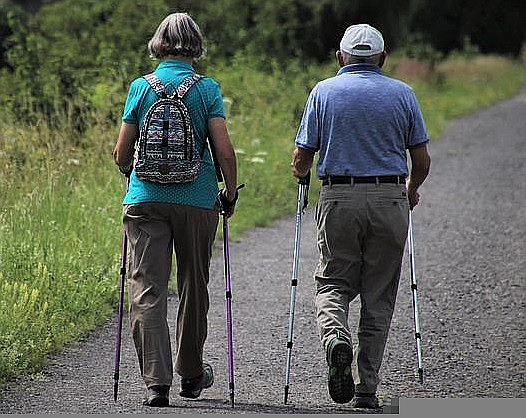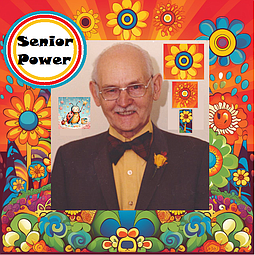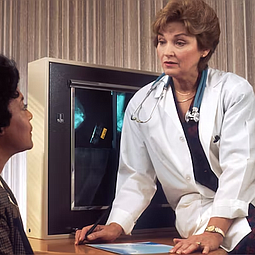5 Factors Impacting Physical Activity in Older Adults
December 10, 2022 at 12:00 a.m.
Despite these known health benefits, older adults seldom meet the physical activity guidelines of 150 minutes per week of moderate activity. Many factors affect activity levels among older adults.
Researchers from Florida Atlantic University’s College of Nursing conducted a recent study that employed a large range of tools and included older adults from multiple ethnic groups. The results were published in the journal Geriatrics.
Age, education, social network, pain and depression were the five key factors that accounted most of the variance in physical activity. Participants who reported lower physical activity tended to be older, with lower social engagement and networking. They tended to have less formal education and reported higher levels of depression, anxiety, and a higher body mass index compared to the groups reporting high activity levels. The strongest correlation for lower activity levels was reported in participants with depression.
“Four of the five significant predictors of physical activity in the older adults we studied are at least partially modifiable. For example, social network, depression and pain can be ameliorated by physical activity,” said Ruth M. Tappen, Ed.D., RN, FAAN, senior author and the Christine E. Lynn Eminent Scholar and professor in the Christine E. Lynn College of Nursing.
Many older adults may not understand that sedentary lifestyles can promote and/or worsen some types of pain, or that physical activity can help to reduce pain. It is not known whether this knowledge alone would be enough to motivate them to become more active.
“Education may be key both in helping older adults with depressive symptoms understand that physical activity can help reduce their symptoms and in helping them to identify the types of activity that they may find enjoyable,” said Tappen.
Providing education about how some types of pain can be mitigated through physical activity was one suggested intervention, especially arthritis and back pain. The researchers are also encouraging health care providers to write a “prescription” for a daily walk or workout for those with depression. In addition, community outreach to isolated older adults, improving the walkability of neighborhoods – including repairing sidewalks, adding trails and making these areas safe to walk are other interventions that can help increase activity levels.
“Partnerships among local senior centers, low-income housing developments, places of worship, YMCAs and health care providers are crucial in developing tailored multi-faceted programs for physically inactive older adults, especially those experiencing pain and/or depression,” said Tappen. “These programs can provide health-related education … and assist participants in meeting other participants and in developing specific physical activity-related goals, which are known to be associated with sustained involvement.”
This research was funded by the Health Aging Research Initiative and the Retirement Research Foundation.





